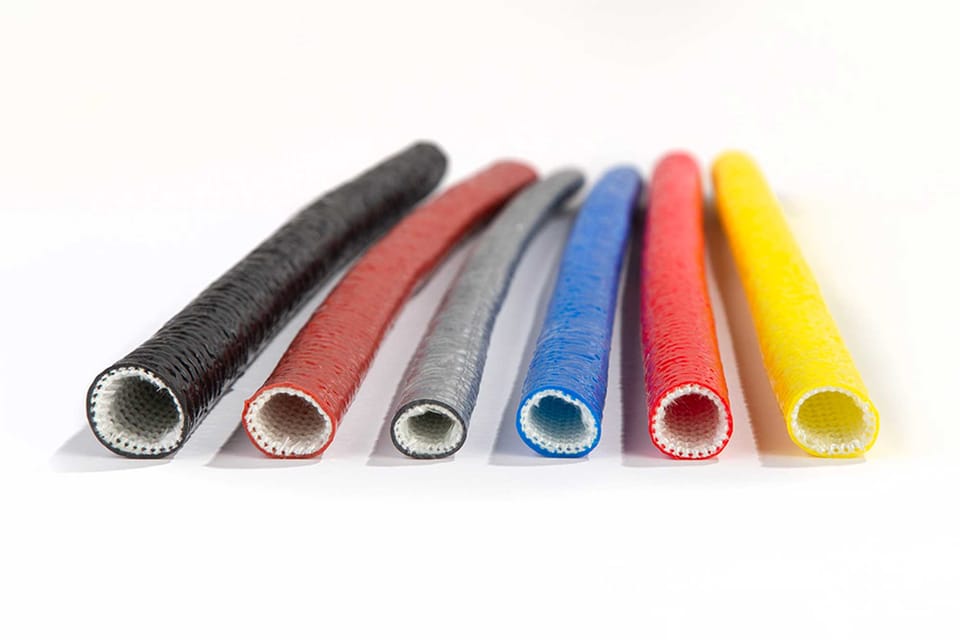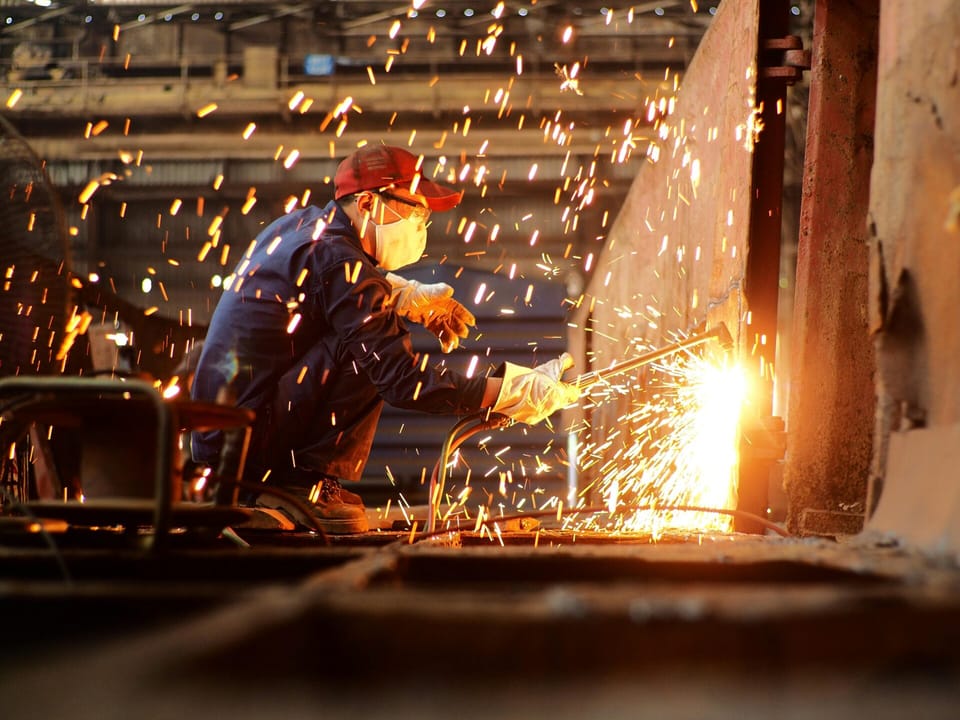Here at National Firesleeve, we coat our most popular product, Fire Sleeve, in a high-grade heat resistant silicone elastomer rubber, covering the E-glass braided inner lining. This helps to deliver outstanding thermal resistance, protecting cables, pipes and hoses from constant operating temperatures of up to 260°C, and providing molten splash resistance up to 1200°C.
But just what is it about silicone polymers that makes them so heat resistant compared to carbon-based organic polymers?
The name’s Bond, Siloxane Bond
The properties of heat resistant silicone come from its chemical structure. At the core of the molecule is a very strong silicon – oxygen bond, with alternating silicon and oxygen atoms that are tightly bound together. This inner strength provides a high level of thermal stability compared to other polymers.
Thermal stability means that silicone polymers retain their chemical structure over a range of temperatures that would cause other molecules to break down. Unlike plastic based protection products, heat resistant silicone will never melt or liquify even under extremes of temperature.
It’s worth noting that silicone and silicon are not the same thing. Silicon is a naturally occurring chemical, found in things like quartz and sand, which has the atomic number 14 and a melting point of 1414°C. Silicone is a compound made from silicon, which is used in heat resistant silicone products like Fire Sleeve.
Heat resistant silicone
Given silicone’s naturally heat resistant properties, you may be forgiven for thinking that the term ‘heat resistant silicone’ is somewhat redundant. However, heat resistant silicone is a different material from standard silicone, and performs to an even higher level when it comes to protecting your people and your machinery across a range of challenging environments.
To create heat resistant silicone, the side chains of the molecules are altered by adding methyl groups to make the material resistant to even higher temperatures. Whereas standard silicone can be used in temperatures up to 200°C (392°F), heat resistant silicone can withstand constant temperatures of up to 260°C (500°F).
It is this ‘improved’ heat resistant silicone that we use in our popular Fire Sleeve fire protection products. This enables you to use them in all kinds of high temperature environments, from protecting the wiring in auto engines, to the extreme environments encountered in the mining industry.
Silicone is also resistant to cold temperatures, thanks to the coiled structure of its molecules. This makes heat resistant silicone ideal for environments where temperatures fluctuate between hot and cold, such as marine environments and offshore wind farms, delivering a performance range of -60°C to +260°C (-72°F to +500°F).
Flexible protection
The inner strength of the siloxane bonds in heat resistant silicone also provides flexibility. The strong chemical bonds mean that the coating is suitable for pipes and hoses that flex and vibrate.
The same core strength also means that it resists abrasion and tearing, and is impervious to a wide range of chemicals and fluids, including water, oils and solvents. This means you can fit Fire Sleeve and forget it, confident that it will endure even the most testing of physical, thermal and environmental conditions.
Meeting the highest standards
National Firesleeve heat resistant silicone coatings mean that our fire protection products all meet, and often exceed, the very highest industry standards, including EN45545-2 and the UL94-VO standards required by our American customers.
To find out more about British made Fire Sleeves from National Firesleeve, and how they can help you to protect wires, pipes and hoses in a huge range of industries and working conditions, get in touch with our team today.





